





Spring 2020
inclusive
user interface
sponsored studio
Engage in a semester-long project, in partnership with the Wake Community-University Partnership (WakeCUP), to identify ways in which design can be used to catalyze WakeCUP’s interests.
I have designed an app for 4-8 year olds that combines video chatting with augmented reality to create shared experiences between fathers and children who are geographically separated. These experiences revolve around daily routines and childhood milestones.

We began by meeting with Wake Social & Economic Vitality (WakeSEV) and Dr. Brookins—two partners of the WakeCUP initiative. During our meeting, we learned about the different programs and organizations that fall under WakeSEV, as well as community-identified needs within Southeast Raleigh.
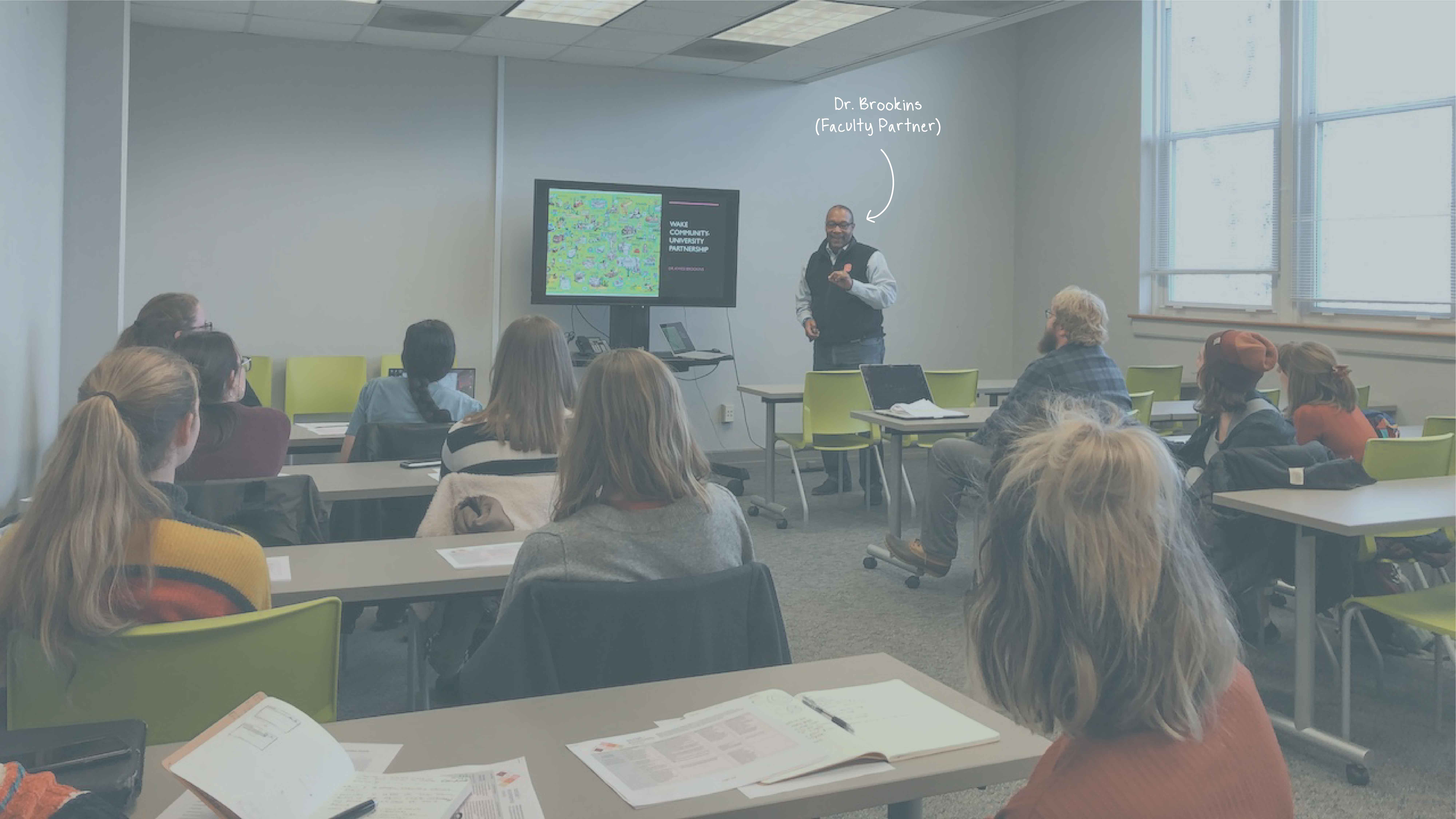
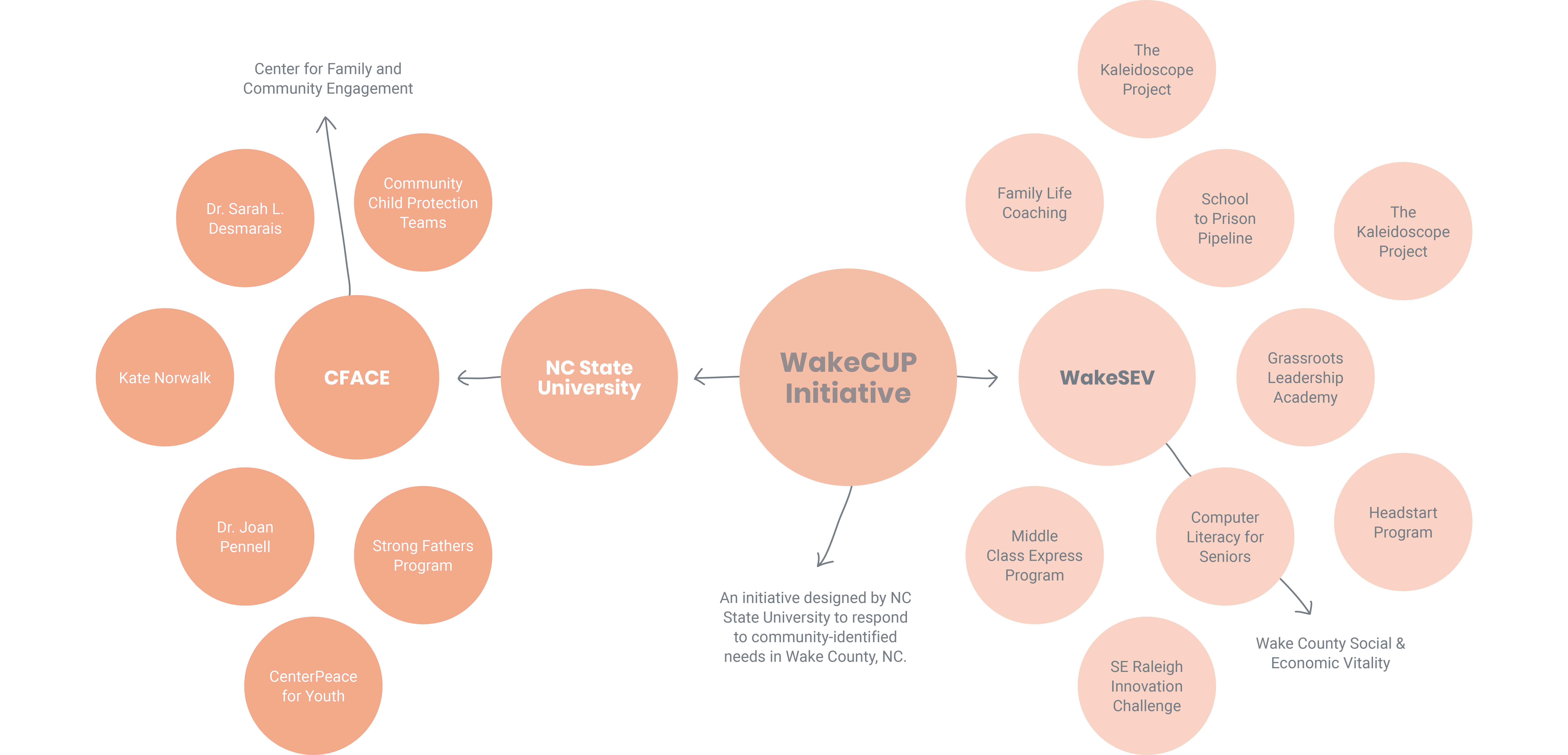
After our initial meeting with WakeSEV, I took interest in an organization on campus called the Center for Family and Community Engagement (CFACE). I, along with some other students, had a meeting with CFACE’s Assistant Director to learn more about the organization. During that meeting, I learned about a training they had that focused on using gameplay to engage fathers with their children—which I was immediately interested in.
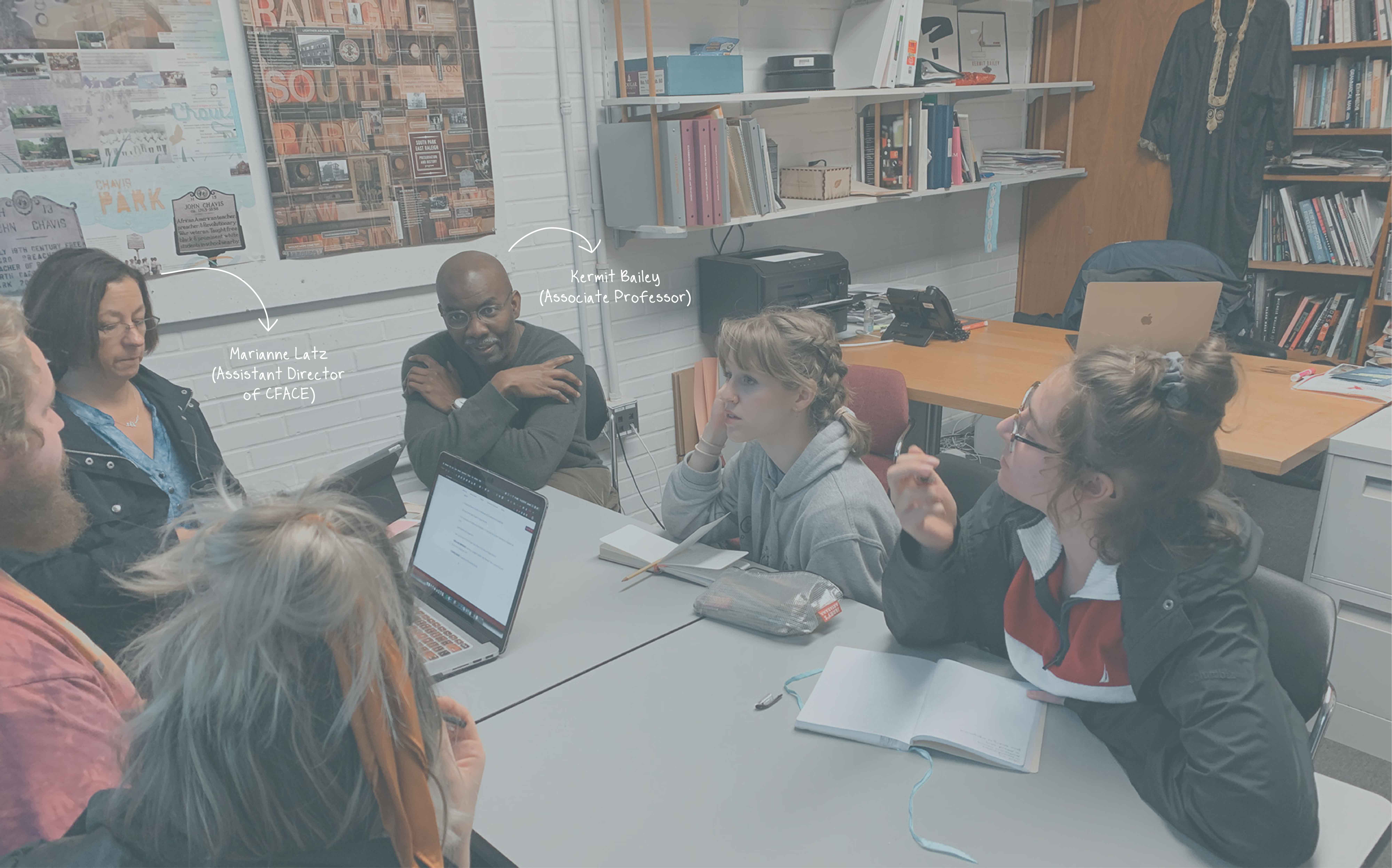
After the meeting with CFACE, I enrolled in the “Game Building as Engagement” training. The training was designed to teach social workers about an online tool they could utilize to help fathers engage with their children, but after completing the training, I realized the tool only engaged the father and I wanted to design something that engaged both the father and their child.

After deciding I wanted to focus on fathers, I started researching fathers and learned there were many different types. To inform my project, I met with Dr. Cryer-Coupet, an Assistant Professor of Social Work at NC State who focuses on engaging fathers with their children. After meeting with her, I then created a chart that illustrated the different types of fathers.


I then decided to focus specifically on fathers who don’t live with their children and don’t see them often. A problem I identified with this group is that fathers and children who are geographically separated lack shared experiences.

I then started thinking about what these shared experiences were and broke them into two groups: experiences that revolve around daily routines and experiences that revolve around childhood milestones. Daily routine experiences consist of things that kids do in their day to day routines that parents are typically involved in, and childhood milestone experiences consist of things that don’t happen on a day to day basis but are important to the child’s growth.
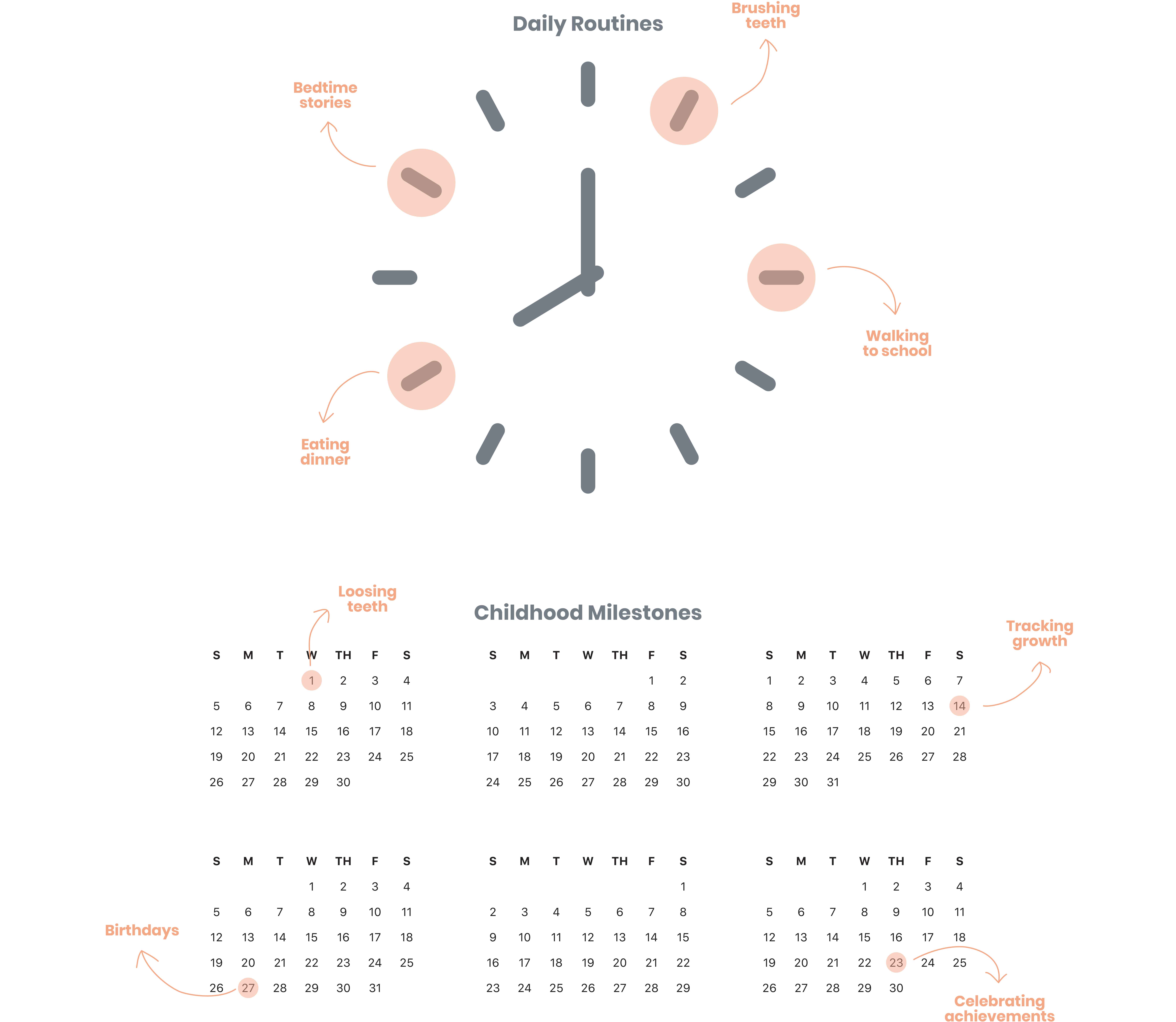
I then started looking at apps that already had video chatting or augmented reality capabilities because I wanted my interface to be similar to other interfaces that fathers and kids were already familiar with.
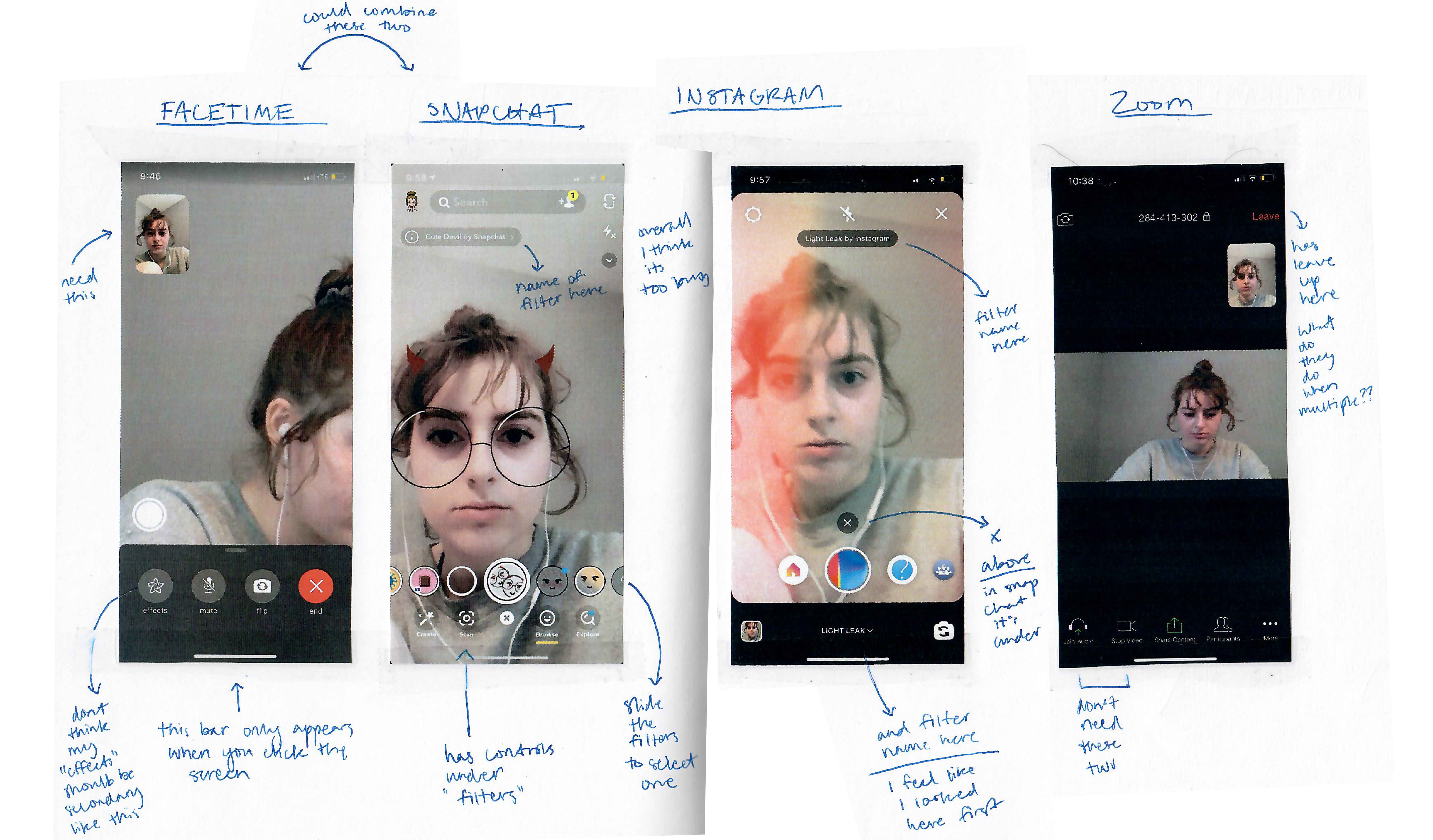

A father video chats his child (or vice versa). Once the child answers, the father can tap his screen to view the list of experiences he can share with his child. He can then swipe through the experiences until him and his child find one they want to select. Once they select an experience, they will be prompted as to how to begin.
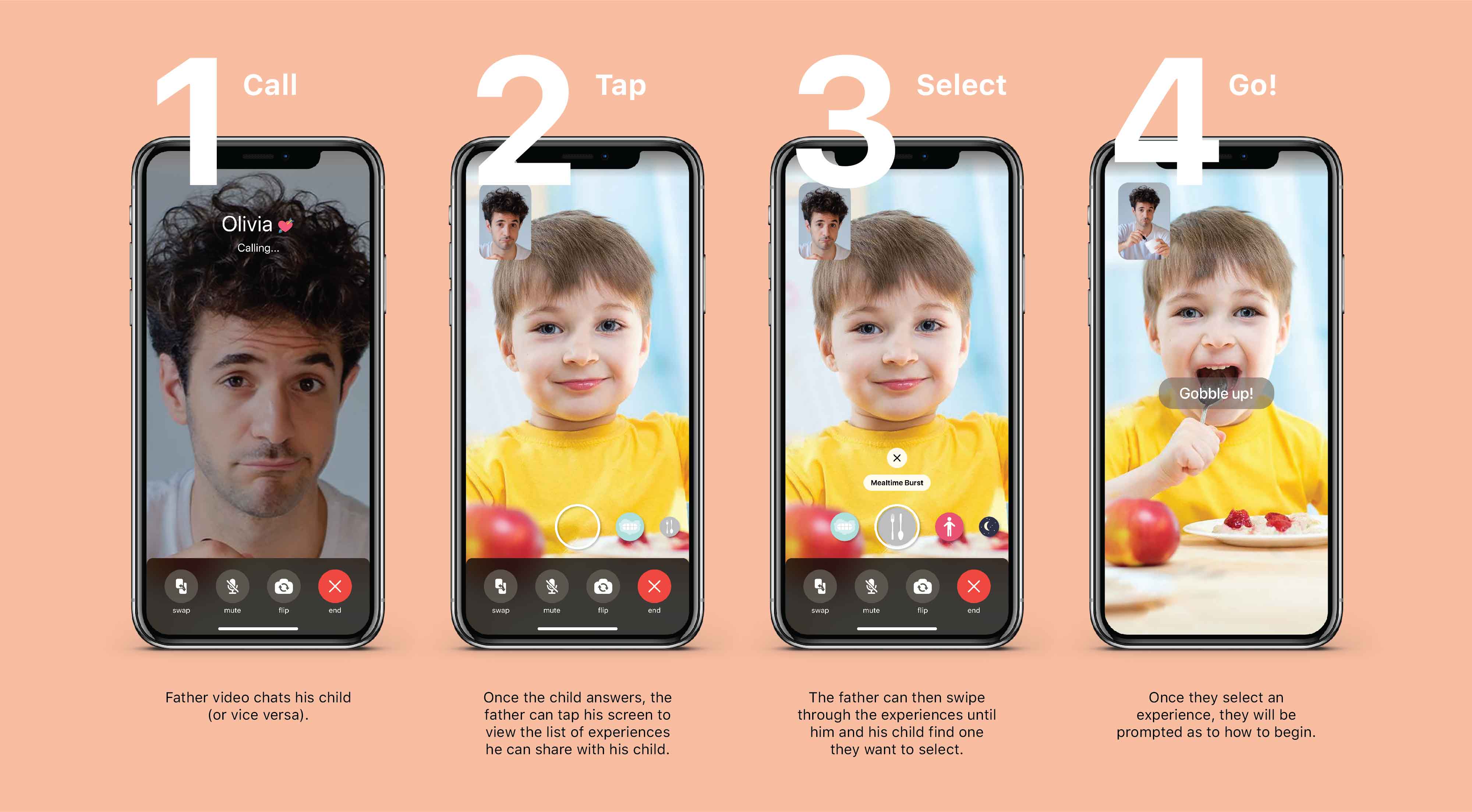
An example of a shorter daily routine experience that fathers could do with their children every other day or even daily. These experiences don’t require a lot of time and revolve around activities the parent and child would have to engage in anyway.

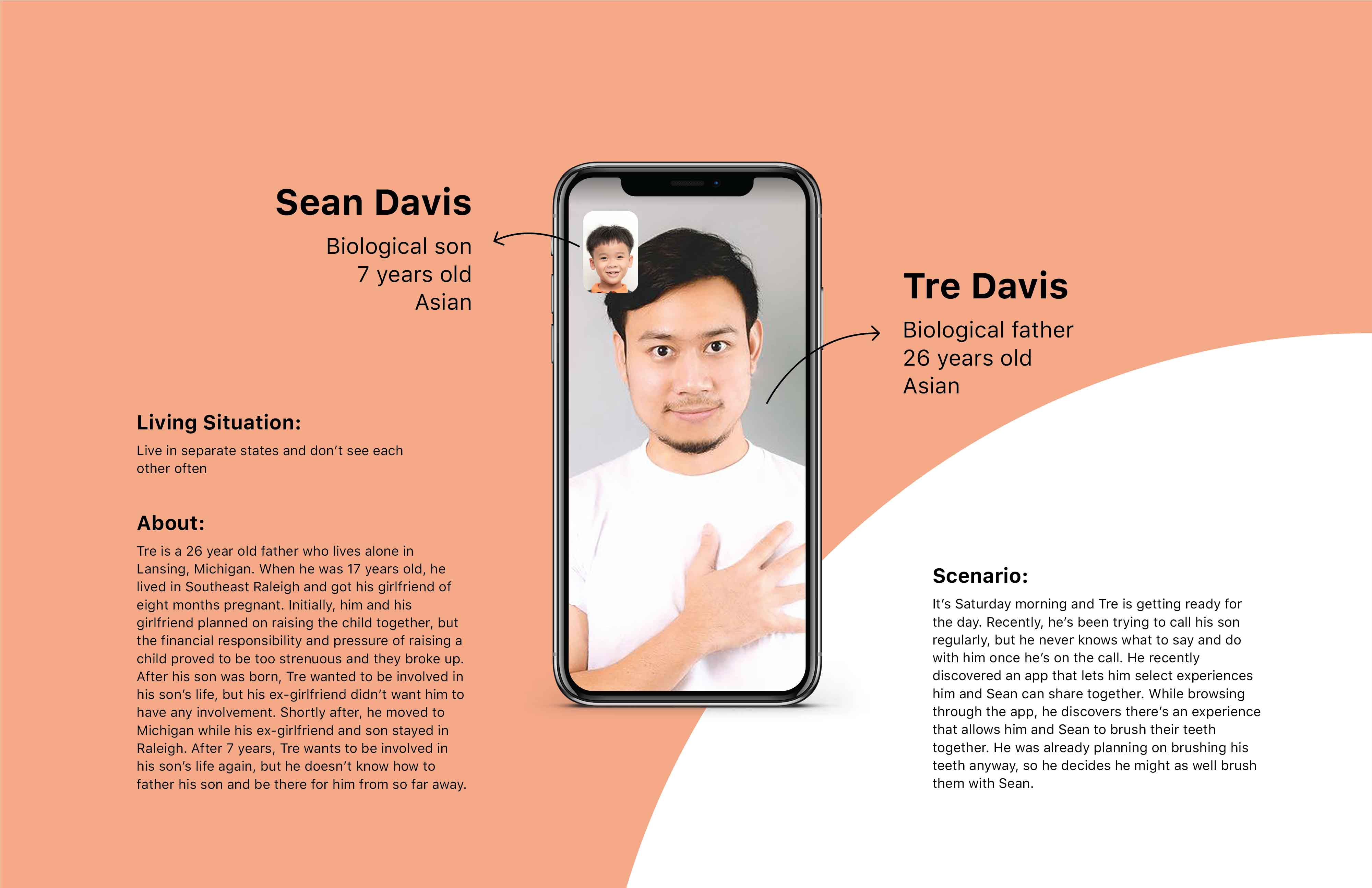

An example of a longer daily routine experience that fathers could do with their children once a week. These experiences require a bit more time but still revolve around activities the parent and child would have to engage in anyway.

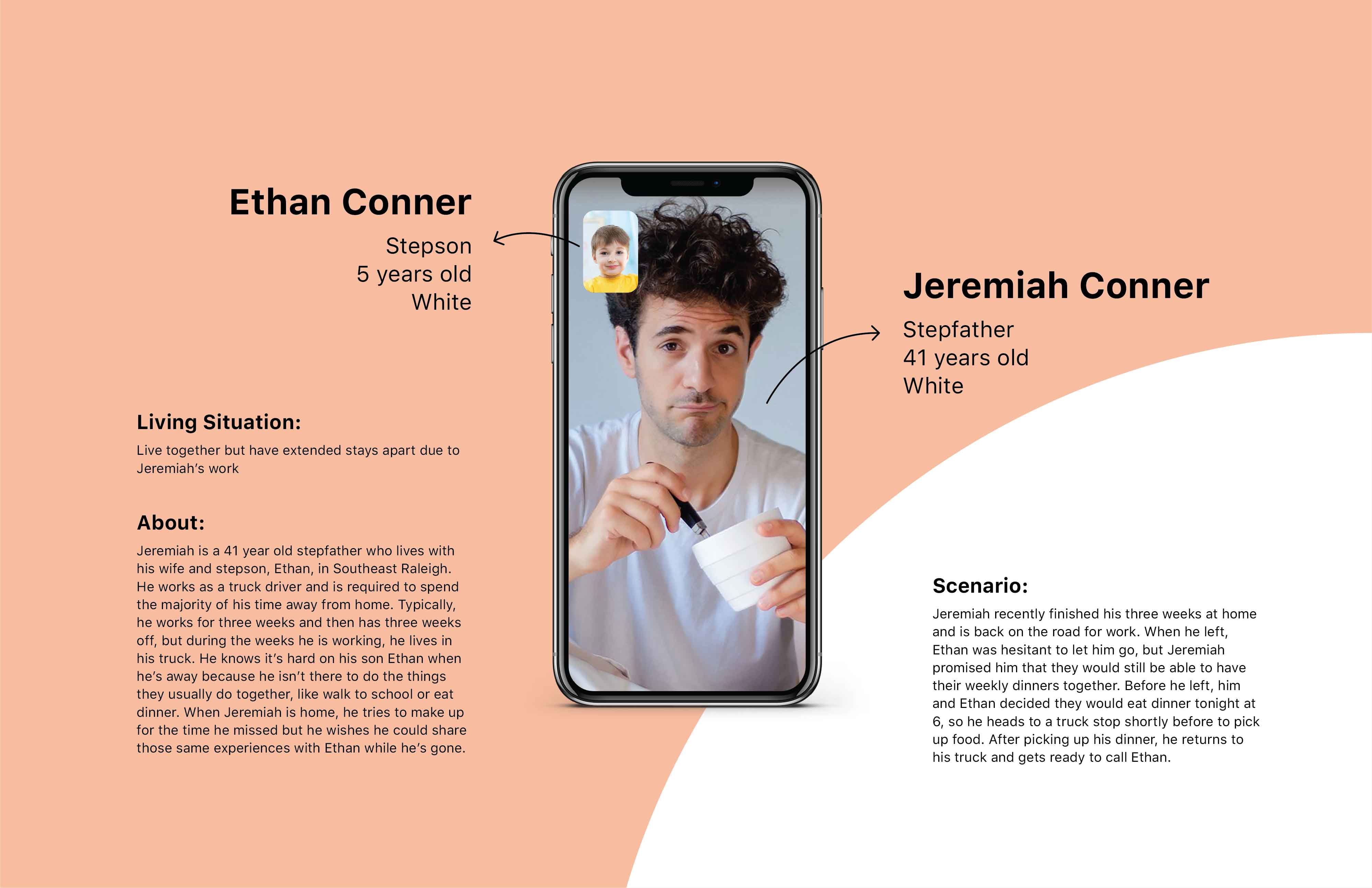

An example of a childhood milestone experience that fathers would probably only do with their children once a month.



Users can give the app permission to take photos throughout their video chat. When a user is done video chatting, a screen will pop up showing them the images that were captured. From there, users can choose to share or save the photos, and in the future, look back on the experiences they’ve shared.
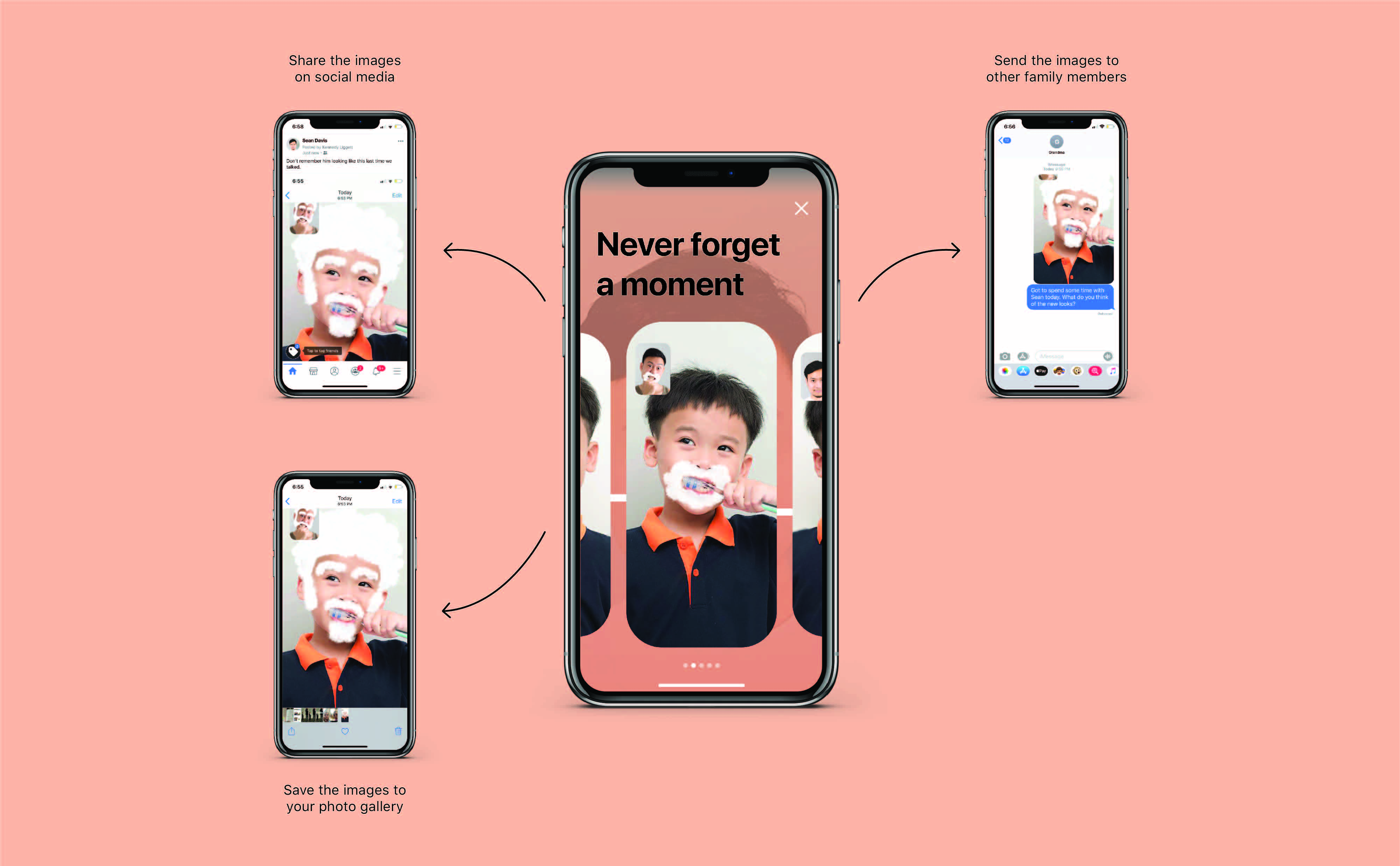
The app utilizes notifications to encourage fathers to establish routines with their children and regularly engage in shared experiences.

While this specific project focuses on using the app to engage fathers with their children, it can also be used to engage children with all types of family members.

